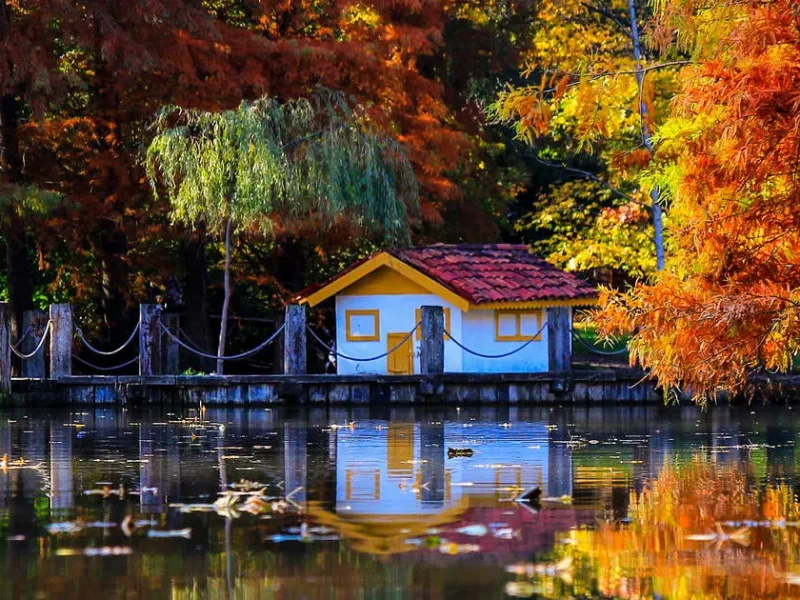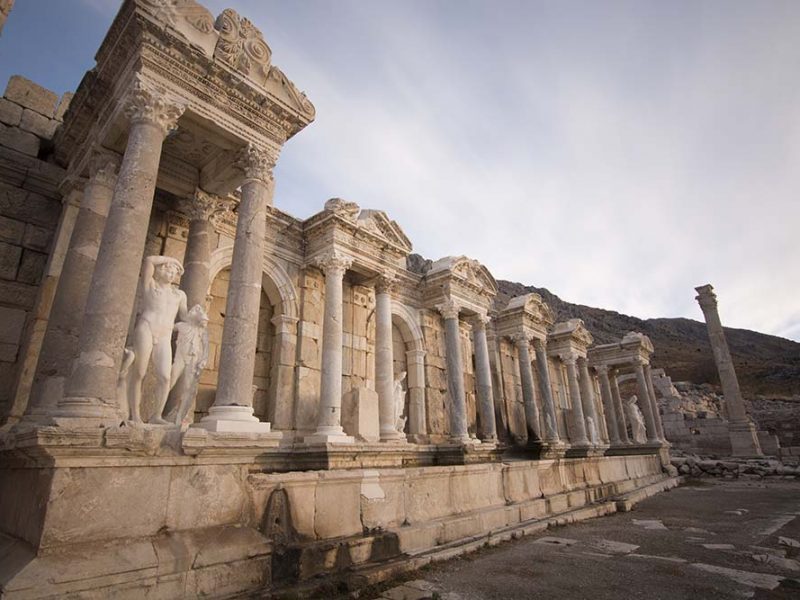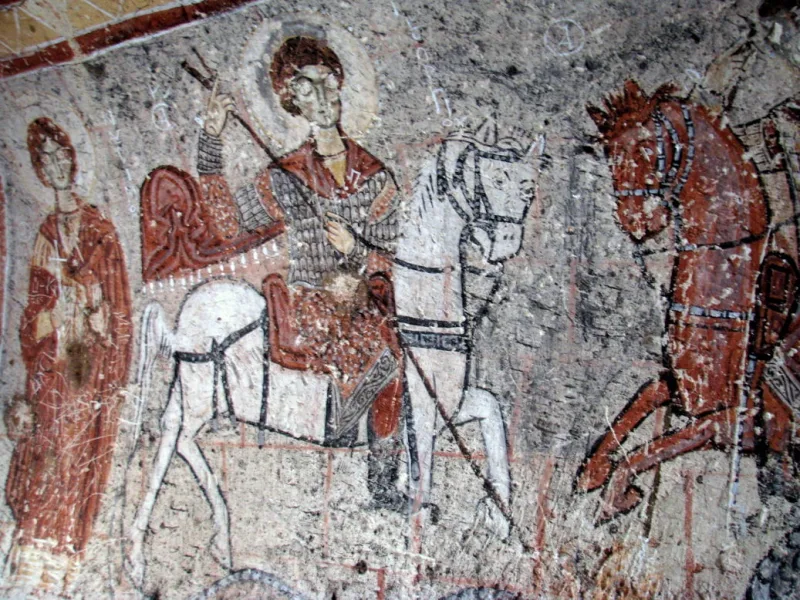One of the oldest and most important cities of Central Anatolia is Sivas. Cultural richness and climate differences make it a special city. Although it is located in Central Anatolia as a province, some of its counties are in the Black Sea Region. That’s why our province gathers different local cultures under one single roof. Established during the Hittite Period, Sivas suffered from a harsh climate. Having lands in both regions means that different climates take effect across the city.
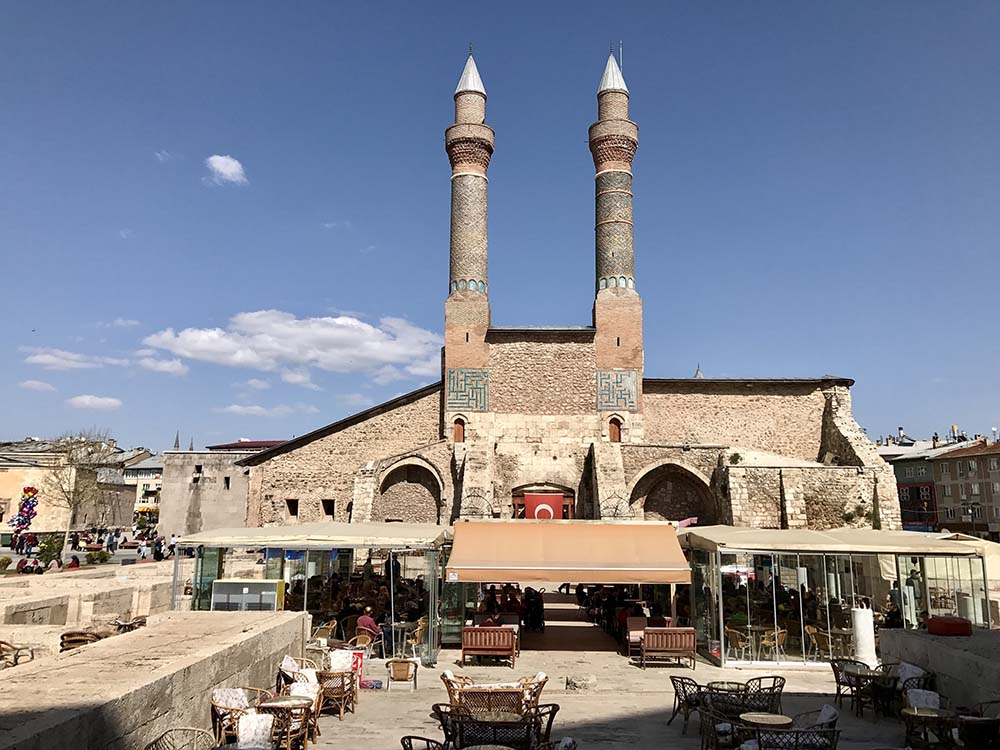
Cifte Minare Medrese has been built in 1271.
The Kangal dog, famous across the world, is only bred in Kangal county of Sivas. As a breed, these hounds bring high value and are easily trained. With its vast lands and various cultures, Sivas is considered both part of the Black Sea and the Central Anatolia thresholds.
Sivas is one of the most important barley, wheat, potato, and sugar beet producers and shows development in these agricultural sectors. Thermal Power Plant and Hydroelectric Power Plant in Sivas significantly contributes to the city as well.
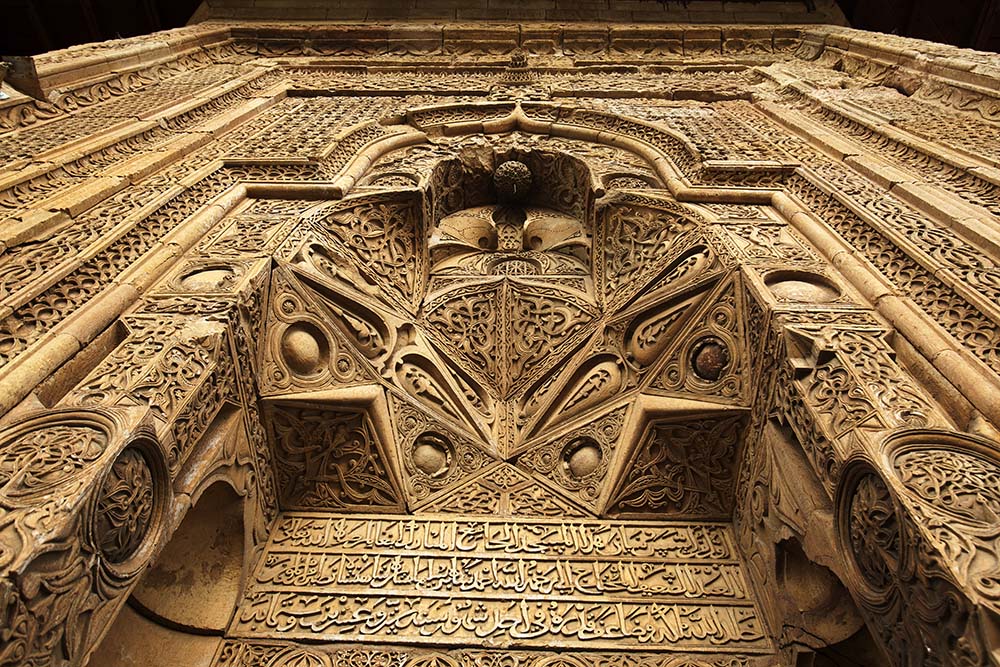
Divrigi Ulu Mosque
Places to Visit
Sivas is definitely a must-see with its natural beauties and historical places.
- Divriği Ulu Mosque: It has a unique architectural structure which is why it takes its place in world art history.
- Koyunkaya Picnic Area: It presents scenes of heaven to its visitors. Even though the roads to this place are not well-structured, the natural beauty in the area is worth seeing.
- Sızır Waterfall
- Tödürge Lake
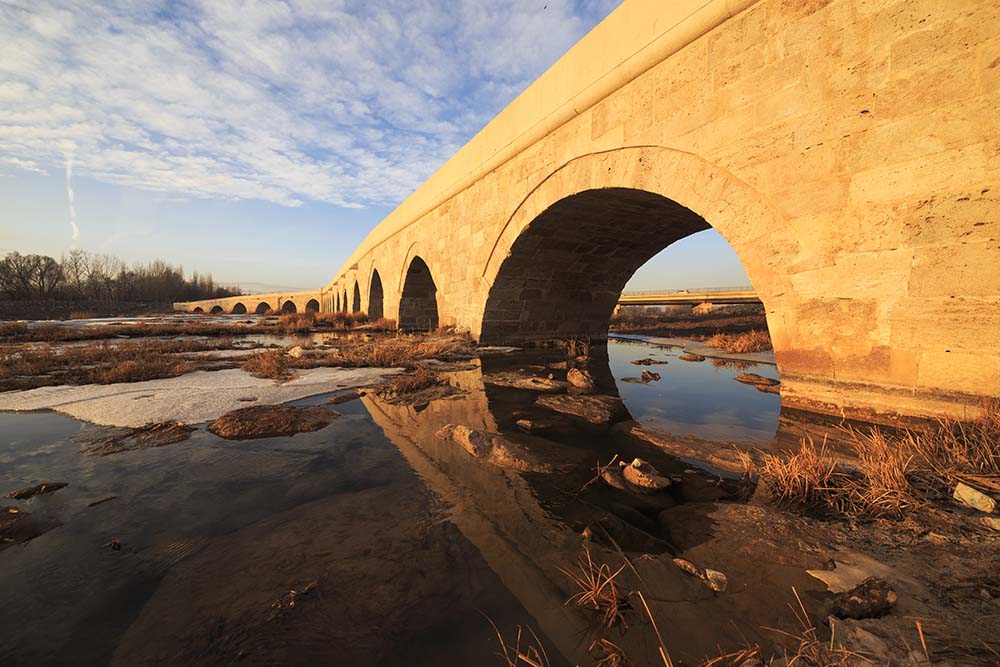
Kızılırmak River.
- Divriği Castle: It acted as a boundary headquarter between Iran and Byzantine in the past.
- Sivas Double-Minaret Madrasa
- Şifaiye Madrasa
- Eğri Çimen Highland
- Kale Mosque
- Hafik Lake
Other places worth seeing are the government offices and the Ziya Bey Manuscript Library.
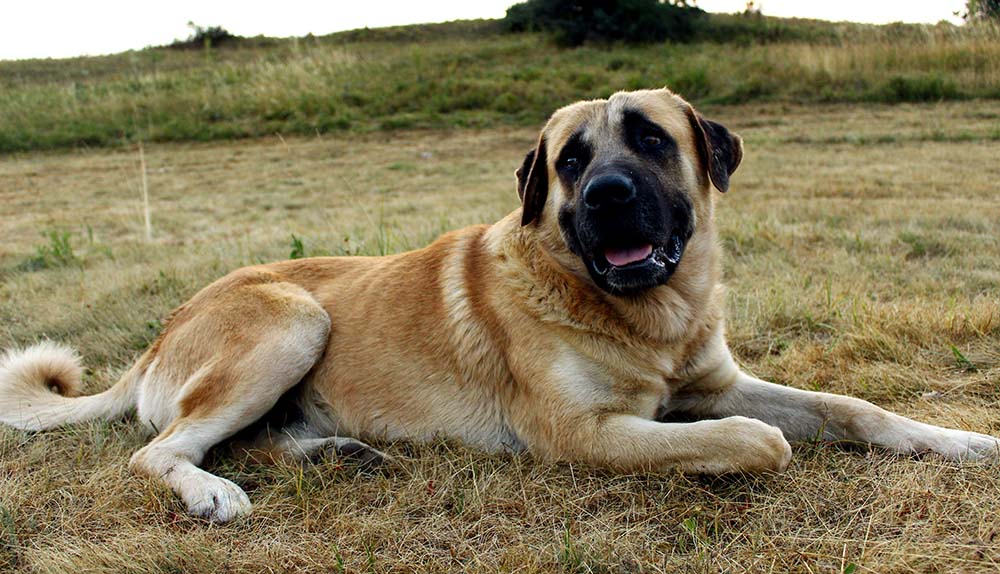
Kangal dog
Cuisine
As in the rest of the world, a fondness of gastronomy has been increasing in our country. Sivas is at the center of the most important dishes in Turkish cuisine. The first dishes of Sivas that come to mind are flaky pastry, stuffed meatballs, kelecoş, and çökelikli. Other dishes that should be tasted are bat, hingel, date palm, fried meatball, madımak soup, madımak fried meat, madımak pilaff, madımak dish, peksimet, sugar beet mıhlama, flaky pastry on iron plate, tel havla, and pickle mıhlama.
How to Get There
As Sivas is located in an important and central area, it is convenient to travel to the city. Air, highway, and rail are all available options. You can even opt for train, if you prefer cheaper travel, or use air for faster travel.

